One man band David Stark has managed to hit quite a milestone, with their game Airships: Conquer the Skies hitting over 100K sales.
It’s taken quite a while to get there though, with it arriving on Steam in Early Access back in 2015 and going onto a full release in 2018. Still, for a sole developer of a pixel art game about constructing steampunk styled airships it’s certainly impressive. Just recently, Stark put out an update that added in some fun new toys including guided missiles, kinetic bombs and more modules to attach to your creations. It really does look slick too, check this out:
To go with such an occasion, it felt like a good time to ask a few questions. Mr Stark was open to have a chat, so here's the result:
GOL: Can you please introduce yourself and your game?
DS: "I'm David Stark, the developer of Airships: Conquer the Skies. I'm a one-man game studio in Zurich, Switzerland, where I live with my partners and various animals. I'm also involved in the Swiss game development community, running regular meetups, GGJ Zurich, and serving as the president of Swiss Game Hub, a non-profit shared office/coworking space/incubator.
Airships: Conquer the Skies is a game about building steampunk vehicles from modules and using them to fight against each other, giant sky squid, weird robots, and more. It's inspired by Cortex Command, Master of Orion, Dwarf Fortress, and the webcomic Girl Genius."
GOL: You started Airships: Conquer the Skies seven years ago, what’s it like to work on a major project like this for so long?
DS: "It's strange to think that this has been such a large part of my life. I originally intended for it to be a fairly modest side project, but reactions were very encouraging, and so it kept growing.
Originally, I supported myself doing freelance software development, but as the game became more successful, I was able to afford taking fewer and fewer freelance contracts. Nowadays I can support myself from selling the game.
I'm fairly proud that after seven years of work the game's code still functions, and I still enjoy working on it, even if some of the technologies it's built on are definitely showing their age.
I hope to stay in game development for a long time. Eventually people will start calling Airships a retro game, if they don't already."
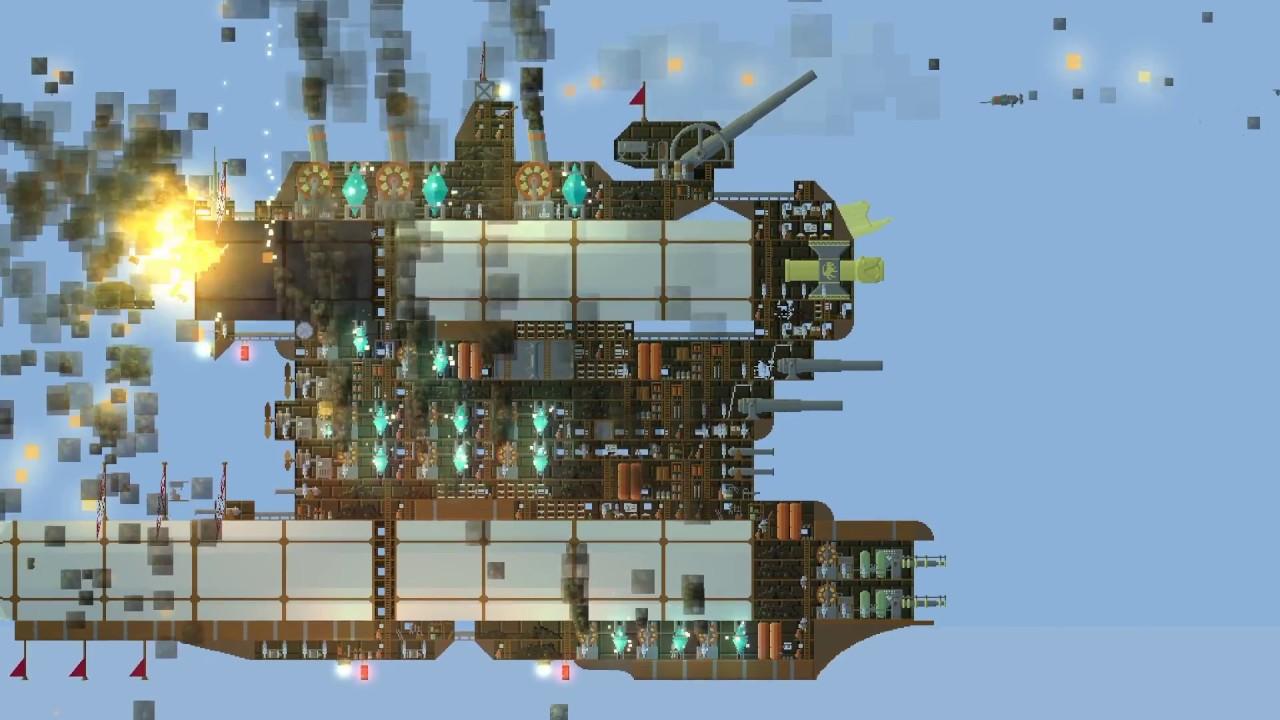
Direct Link
GOL: What are you most proud of when it comes to Airships: Conquer the Skies?
DS: "That I created something that so many people really enjoy. As a game developer, you're liable to these crises where you feel awful that you're not out there saving the world. But I'm honestly not cut out for being out there saving the world, and giving people joy is a pretty good thing too."
GOL: As I understand, you develop mostly on Linux, could you tell us a little about your tools and workflow?
DS: "The game is written in Java using lwjgl2 and Slick2D. Note that these libraries are now outdated and you should definitely use lwjgl3 when developing games for Java. Given Oracle's ongoing neglect of the language, especially on the desktop, it's probably a bad idea to start a new game in Java now. For consistency and convenience, I bundle a JVM with the game.
I use NetBeans as an IDE and have an intentionally very vanilla build setup that lets me get from nothing to being able to compile and run the game on a new computer in about five minutes, depending on how long it takes to download stuff.
For graphics work, I use GIMP, and for audio Audacity. I try to avoid video editing but when I have to I unearth or borrow a Macbook and use iMovie.
The game's data files are all JSON, which I edit with whatever built-in text editor is to hand, or Notepad++ on Windows.
Version control is handled through git, with no LFS or other clever stuff. One of the advantages of using text files and pixel art is that file sizes are modest.
I used to just use text files for something like project management, but I'm trying to use Jira to manage to-dos and sprints now, with some success.
Operating system: Linux Mint, having switched from Ubuntu a few years back when they started doing weird things to their user interface.
I've used Mac, Linux, and Windows for development, and what most attracts me to Linux is the excellent package management. I can install and uninstall libraries and software at will, and I'd much rather use an open source project from the package manager than an app store or some dubious thing I downloaded from somewhere. I'm also comfortable using a command line and prefer having clear control over what I'm telling the computer to do.
Hardware-wise, the majority of the development happened on a HP ProBook 450 G5, which managed to combine good performance with a very reasonable price, solid Linux support, and most importantly - a trackpad with actual physical buttons. I prefer working with a laptop on my lap rather than at a desk, and doing pixel art with a tap-to-click trackpad is basically impossible.
After a few months trying to use Windows on an unmentionable machine, I'm now about to switch to a HP Zbook 15 G6, which I hope will serve me well."
GOL: Hitting 100K is such a huge milestone for an indie developer, especially when you’re mostly alone on Airships too! What would you say helped towards your success?
DS: "I chose to start selling the game very very early in its development, after about six months of part-time work. This meant that I could get feedback from players very early on, and also build up interest bit by bit. So by the time the game got onto Steam, there was already some interest.
A big break was when YouTuber Stuff+ started making videos about the game, which rapidly expanded the game's audience. He was followed by a number of other creators to whom I am very thankful for seeing the game's fun and potential."
GOL: Any advice for developers getting into making and releasing their first game?
DS: "As a notionally successful developer, I feel very conflicted about this. I very much enjoy making games, and it's currently working out for me. But the reality is that most indie games don't get anywhere near breaking even. And Airships is one game, one data point. Some luck was definitely involved in its success. My next project might fail. So I'm not a good reference point.
The big question you should ask yourself is: What do you want? (Accidental B5 reference, oops.)
If you want to make games for the joy of making games, consider doing it as a hobby rather than as a job. Making things you enjoy into your job can destroy your enjoyment. Creating hobby games gives you maximum creative freedom.
If you want to be part of the game industry but don't mind about creative control so much, working in a game studio gives you a chance at a regular paycheck - though beware of predatory third-rate game schools and studios squeezing you dry with overwork for little pay.
Finally, if you want to create your own games *and* make money doing it, you have to think about what you can make that people want. That doesn't mean forcing yourself to create some over-commercialised thing with in-app purchases, but it does mean that you have to verify as quickly and effectively as possible whether your game project has any traction. Rebecca Cordingley's article about "Marketing-first Game Development" is a good starting point."
GOL: What’s next for Mr Stark? Will you be continuing to expand Airships or moving onto something new?
DS: "I have too many ideas and too little time. Next up is a major update for Airships adding diplomacy, co-op fights, and more features for strategic conquest mode.
After that, there are two expansion packs for the game I'm considering. One would add naval combat, water, and sea monsters. The other one would add heroes, mascots, and story events.
And then I have a whole other prototype for a game waiting in the wings. Nothing to do with airships, but featuring more small simulated people having horrible things happening to them..."
A big thank you to David Stark for taking some time to answer my questions! For the sales split across platforms on Steam which makes up about 98% of the sales (the rest on other stores), Stark shared this:
- 1% - Linux
- 5% - macOS
- 94% - Windows
Stark also mentioned that while they were in the huge itch.io charity bundle earlier this year, they're not counting it towards anything.
You can buy it from Humble Store, GOG, itch.io and Steam.
Just as a reminder: you can see our other interviews with developers using this dedicated link. We're also always open to more interviews, if you're a developer be sure to reach out.
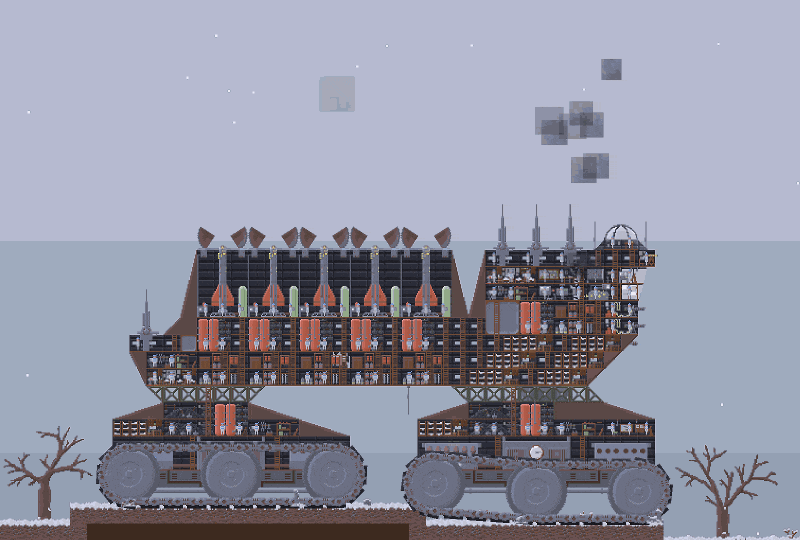
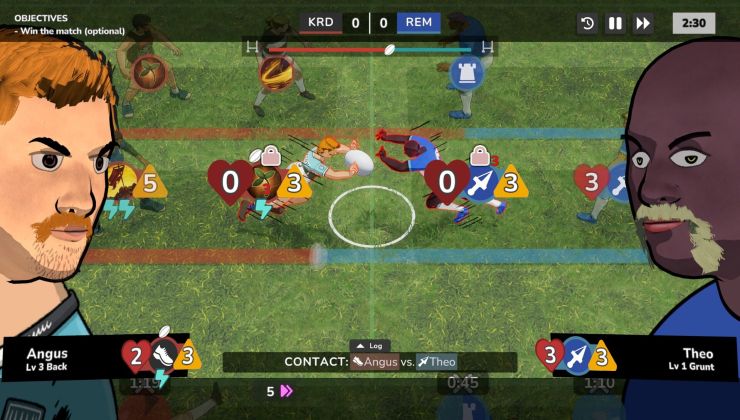
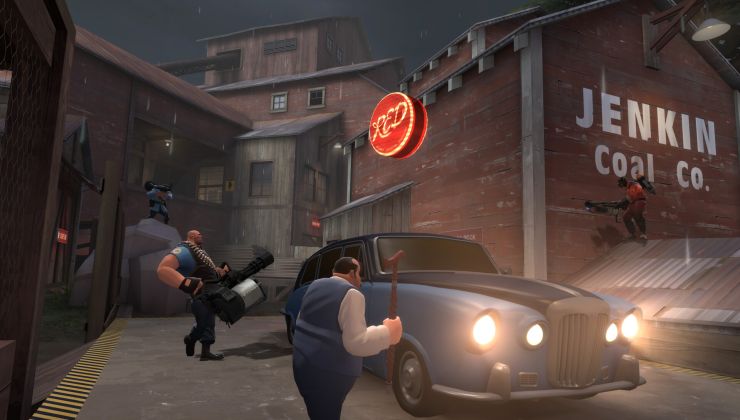
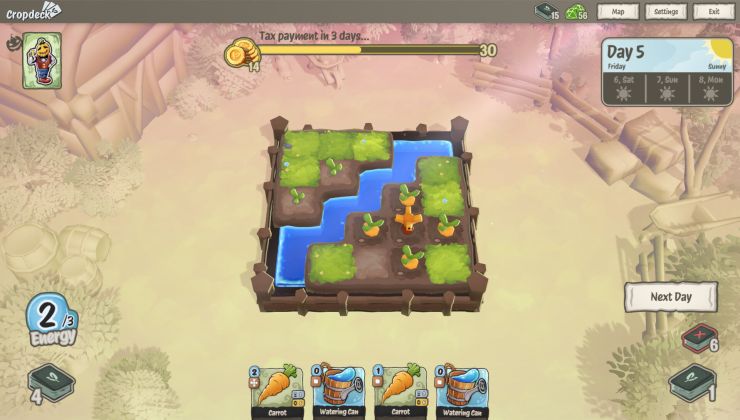
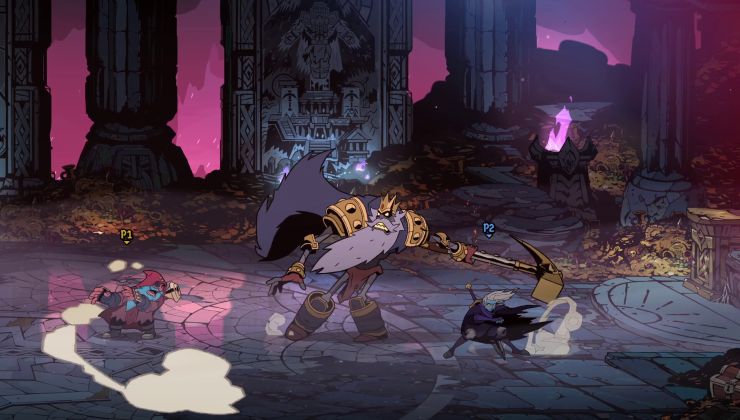



 How to set, change and reset your SteamOS / Steam Deck desktop sudo password
How to set, change and reset your SteamOS / Steam Deck desktop sudo password How to set up Decky Loader on Steam Deck / SteamOS for easy plugins
How to set up Decky Loader on Steam Deck / SteamOS for easy plugins
See more from me